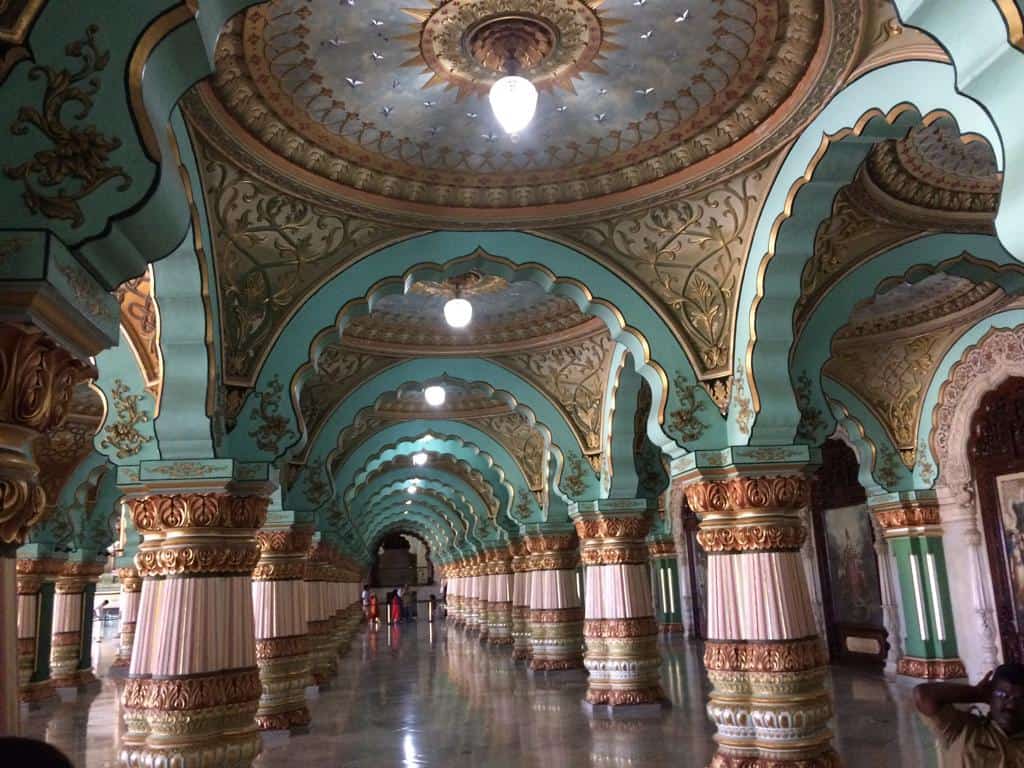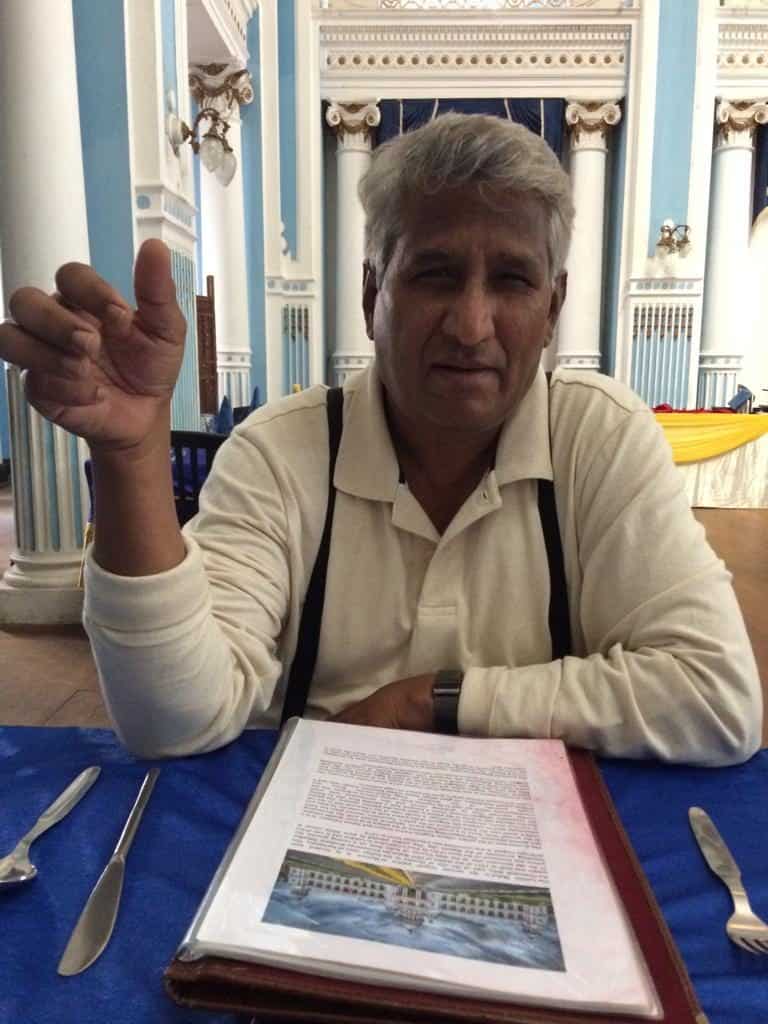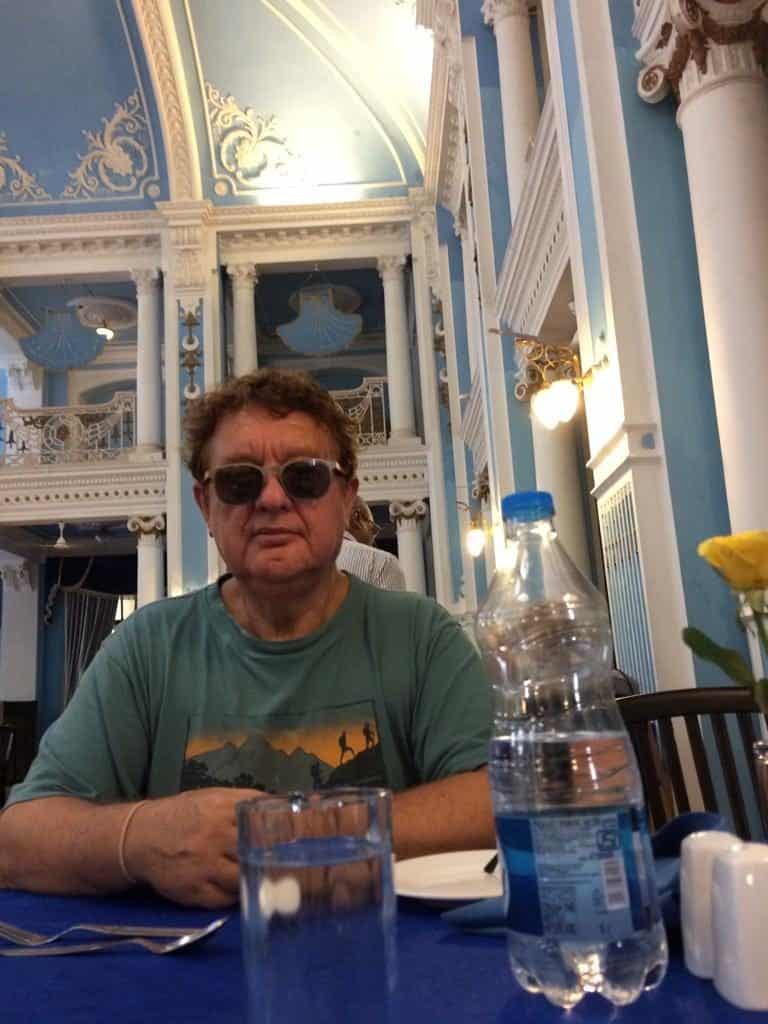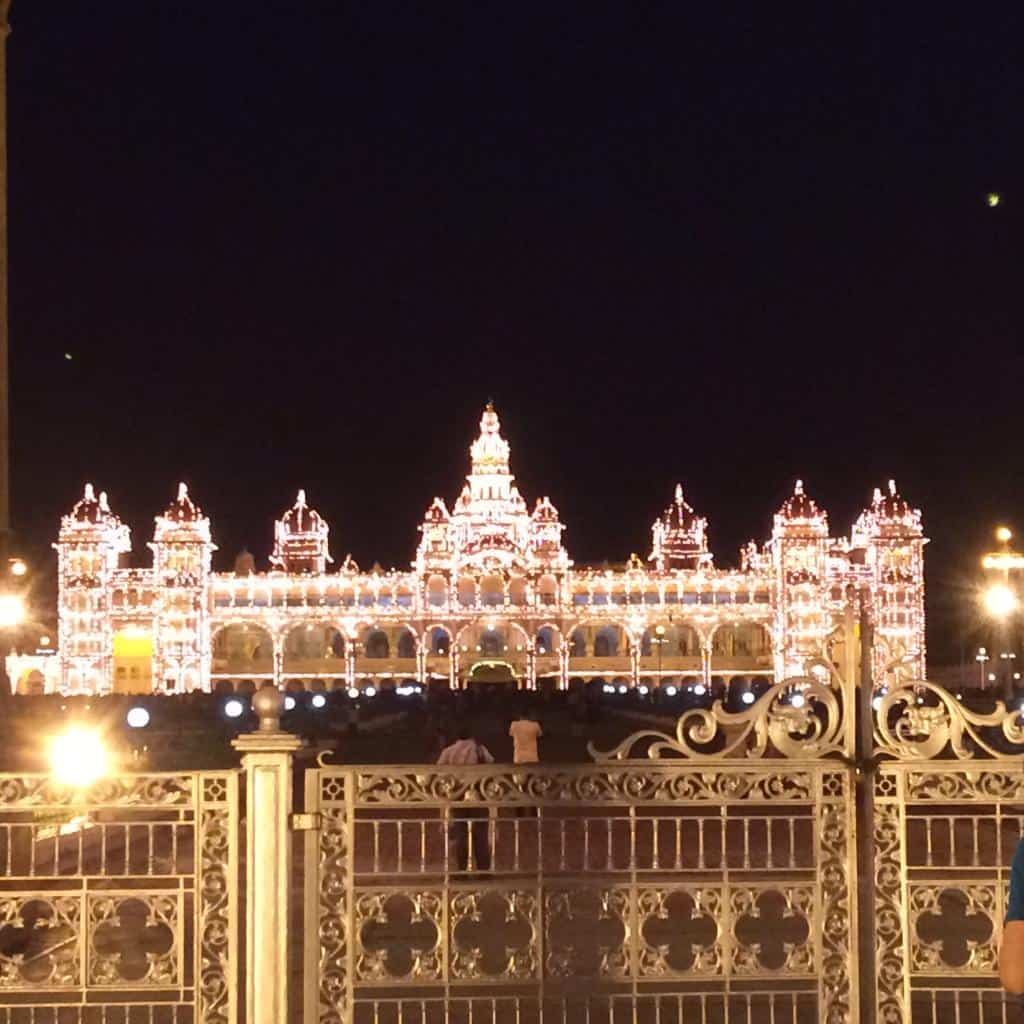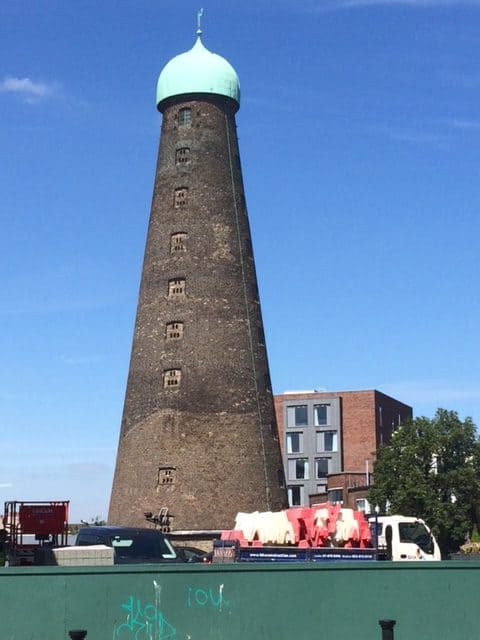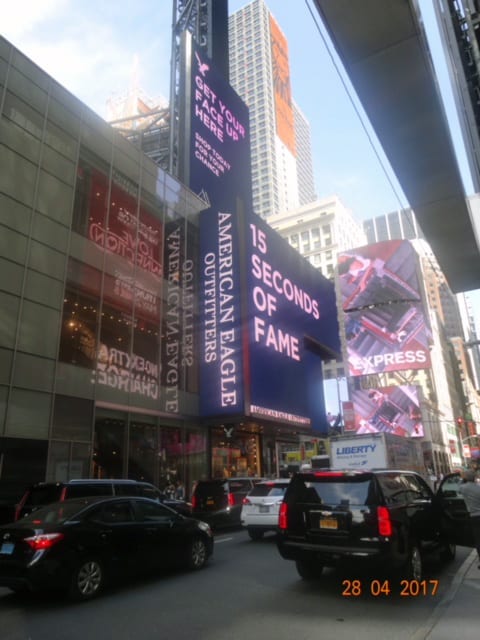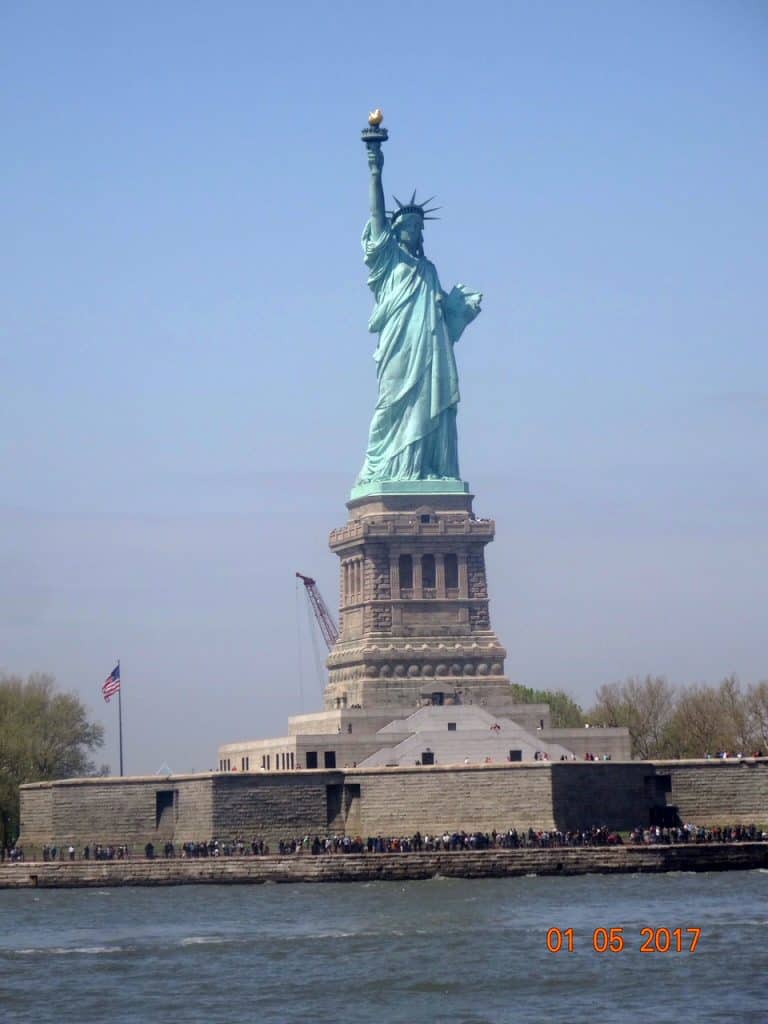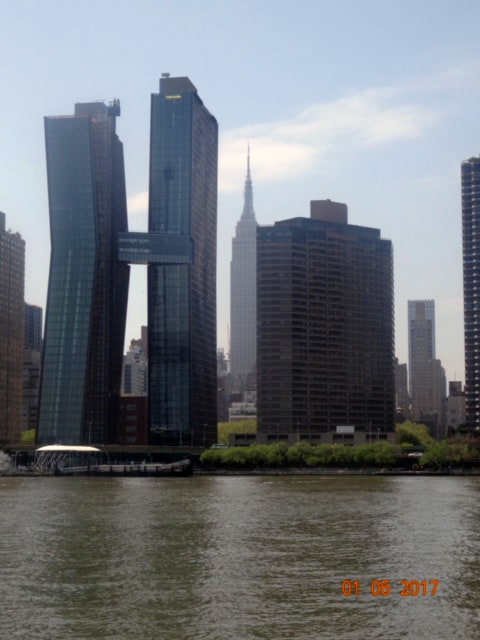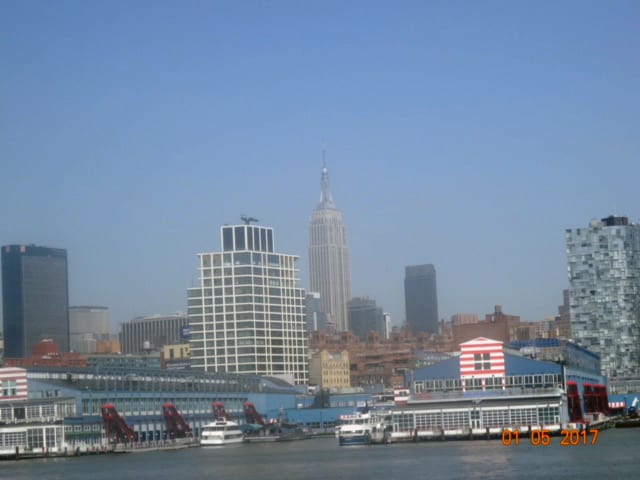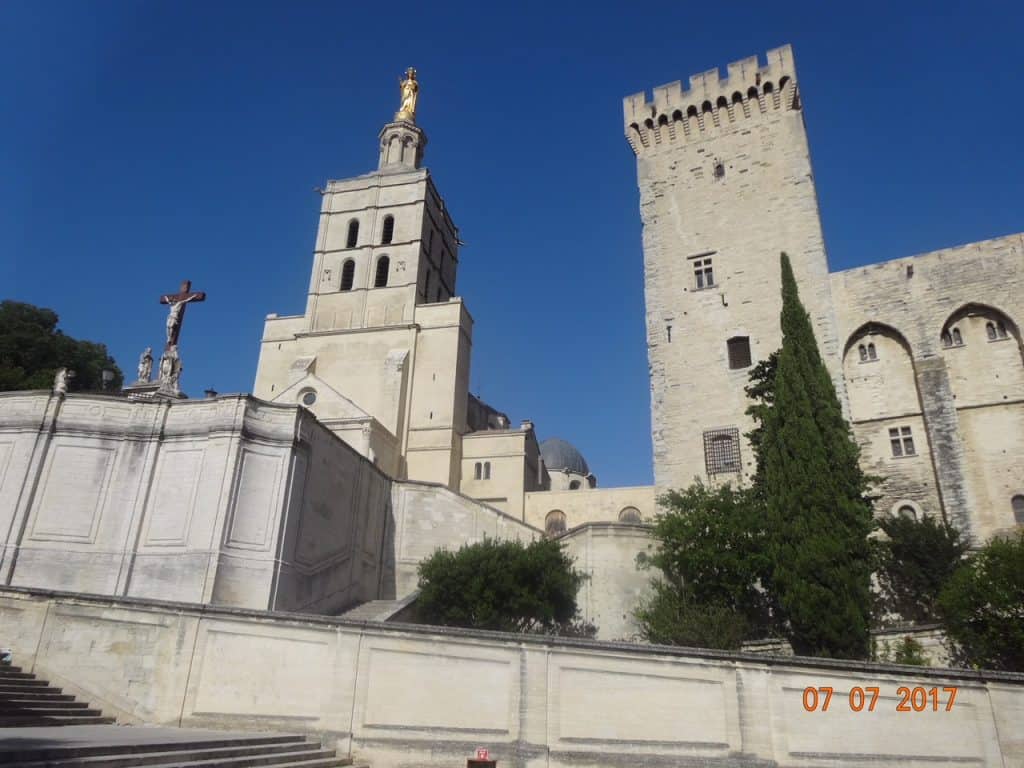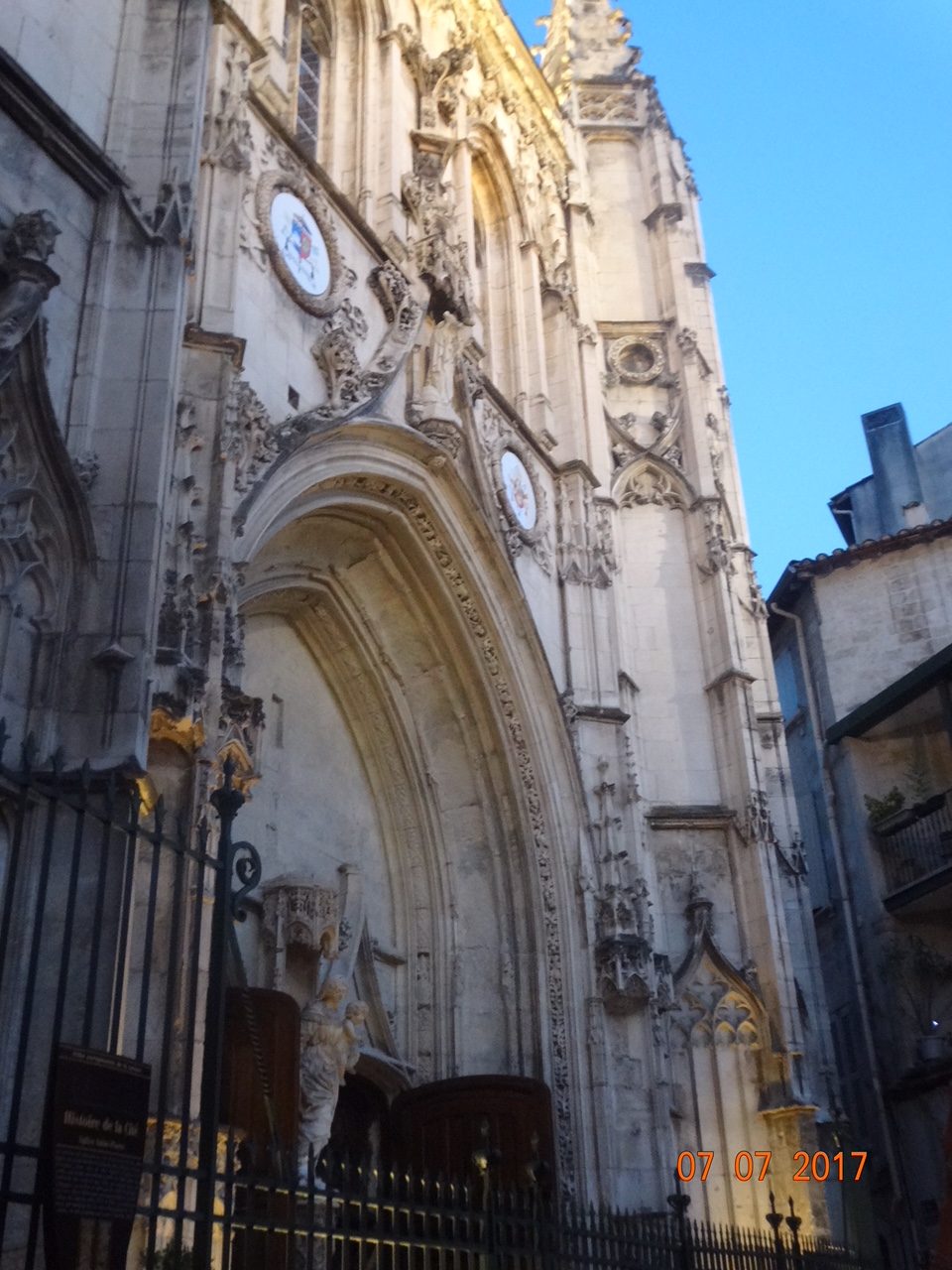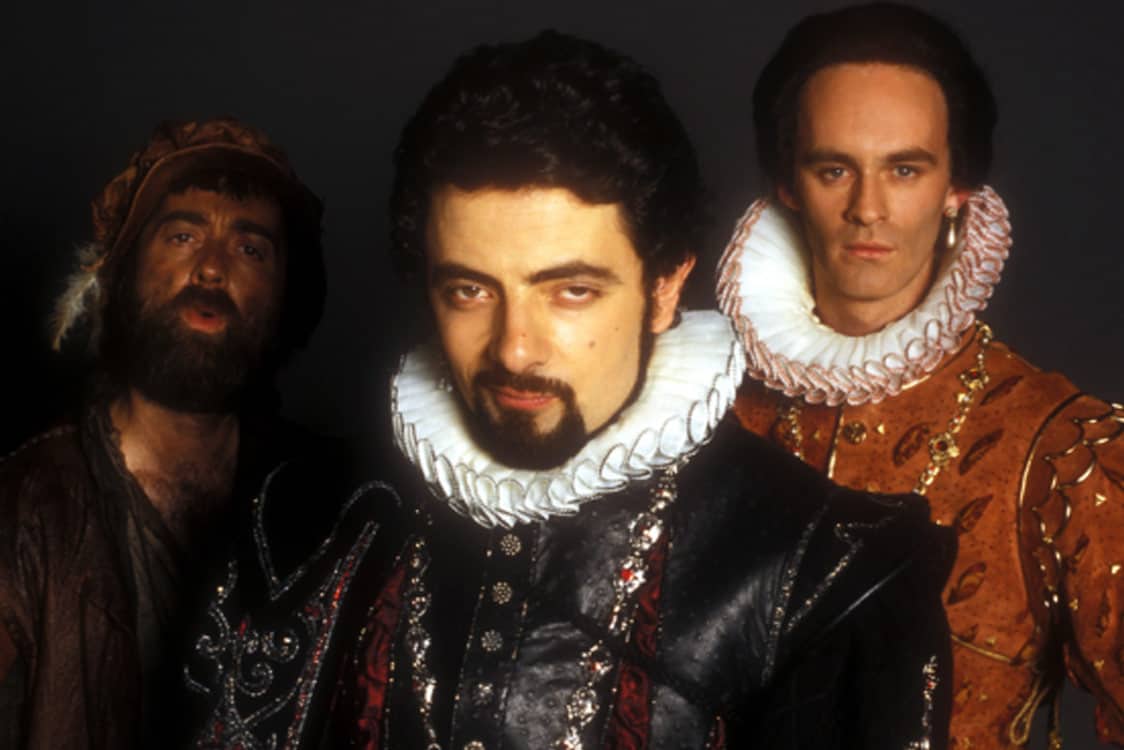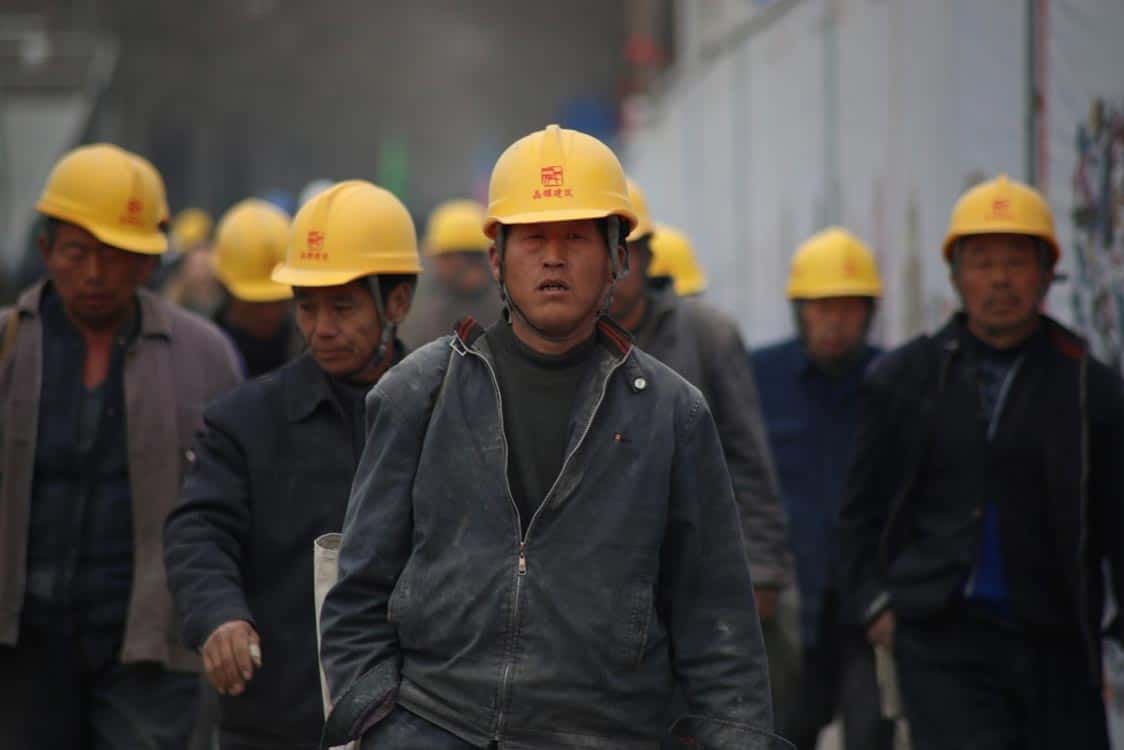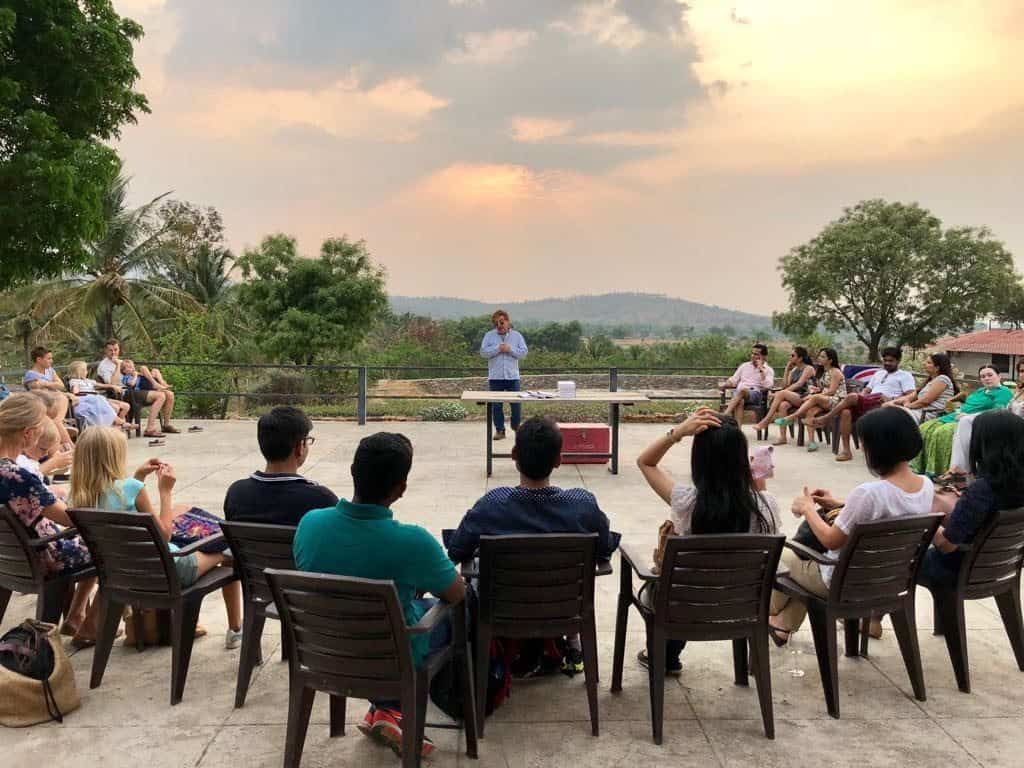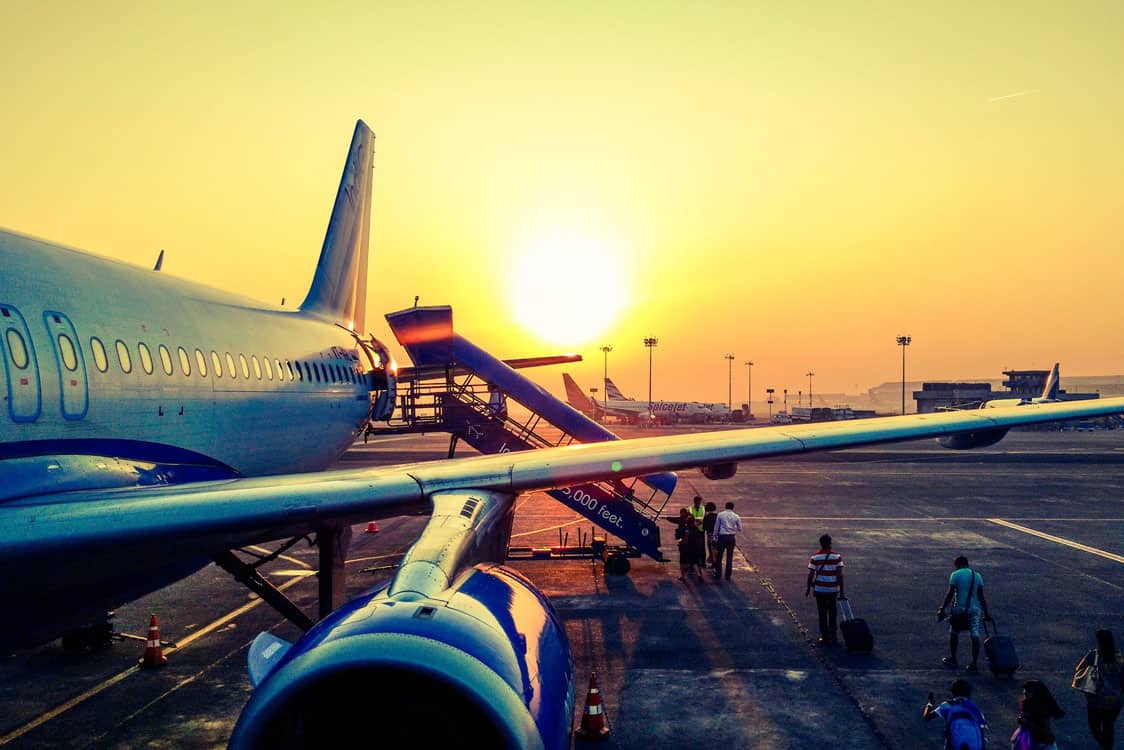How many times have you heard someone say they are going to write a book? How many times have you told people, after listening to their ramblings they “should write a book”? After all, hasn’t technology and social media turned us all into authors? But how many actually write that book? Using my personal and professional networks only four people I know – Garth, Frank, Dominic, and Royston – did write a book. Royston’s first published book was a sequence of poems. He became known as the ‘beat poet’ after meeting the young and newly formed music group, The Beetles. He urged them to put the “beat into Beetles” and the rest, as they say, is history. He is also one of the people the song Paperback Writer was based on.
I started writing articles about travel and life five years ago, under the pseudonym of The Whinging Pome. The articles were published in a Sri Lanka lifestyle magazine but this did not prepare me for the learning curve I would face or the personal and financial demands of writing a real book. It was a very humbling process that taught me a lot about what I did not know and about myself! Everyone has an opinion, and they are entitled to their opinion, but the contradictory advice I was given made my head spin and added to the pressure and anxiety I was already feeling, not to mention having valuable time wasted.
Rome was not built in a day and a book certainly cannot be written in a day. There are people who spend decades putting their book concept together, write it and finally have it published. My first ‘book concept’ began about seven years ago. However, Air Babylon and other similar travel books that were published gazumped my concept. I lost my motivation, kept my scribblings and re-discovered my motivation when asked to write for LT Times in Sri Lanka. Times change and today people focus on blogging to get their views to out to others. Perhaps they are the smart ones and have the correct approach. Research suggests only .7% of books ever get to a print run of over 100,000 copies.
The danger in writing and trying to publish a book is that the odds are against you finding a publisher willing to cough up funds for the first book from an unknown author. J. K. Rowling’s took seven years from initial concept to finding an agent willing to publish her first book. As a result, many budding authors have two options – self-publish or publish digitally via companies like Amazon or e-Books. Nowadays over 50% of books are sold online or digitally. The days of holding a paperback book, smelling it, feeling it as you thumb through it are fast disappearing. I cannot help but wonder whether bookshops have a future.
I was fortunate to find a publisher, who recommended a hardback, A5 book was the only way to go. They just forgot to mention this would increase my budget five-fold! It was easy to get caught up in the excitement of publishing, printing, and launching – but the excitement soon evaporates when you find your publisher has no distribution rights outside of Sri Lanka and you have to find your own distribution agent/s to get the book into countries where you believe there is an audience. Your life becomes consumed with emails, phone calls, social media activity, and meetings.
After 17 months of hard work my book “The Whinging Pome To The Point” was launched in Colombo, Sri Lanka on 28 November. It is a factual travel book based on my years of traveling, meeting people both interesting, and not so interesting. Potential readers who enjoy travel, have a sense of humour, don’t take themselves too seriously, enjoy new experiences and like frank observations will enjoy the book and identify with some of my experiences. For those who do not fall into the aforementioned categories, I am hoping the book will enable readers to take a ‘snapshot’ journey through places they have not visited and whet their appetite for doing so.
Whilst 600 copies have been sold and some copies have made their way to Australia, India, Hong Kong, Myanmar, Mongolia, New Zealand and England, it is way too early for me to talk about how successful the book will be. But for those of you contemplating writing your first book, let me share my top tips for writing a successful book
- Do not write for fame or fortune.
- Whatever timelines you plan others will extend them.
- Follow your passion for writing and be passionate about what you are writing.
- Talk to as many people as possible about what you are writing and listen to their advice. If necessary re-evaluate your writing based on advice given.
- Don’t believe what anyone tells you about the cost to publish a book. Discuss prices with the publisher, gets quotes and double the quotes.
- Face the possibility that you may have to self-publish and work the budget accordingly.
- Never underestimate the personal cost of promoting the book; if possible try to get companies to sponsor you.
- Try to avoid having a huge print run done of the book – not only will you have storage problems but you don’t want to have copies queuing up at the shredder.
Of course, these points might be extended and amended in a few years, but in conclusion, I can honestly say writing The Whinging Pome To The Point has been one of the most rewarding and challenging things I have ever done. And yes, The Whinging Pome To The Point, Book 2 is already in my head!




